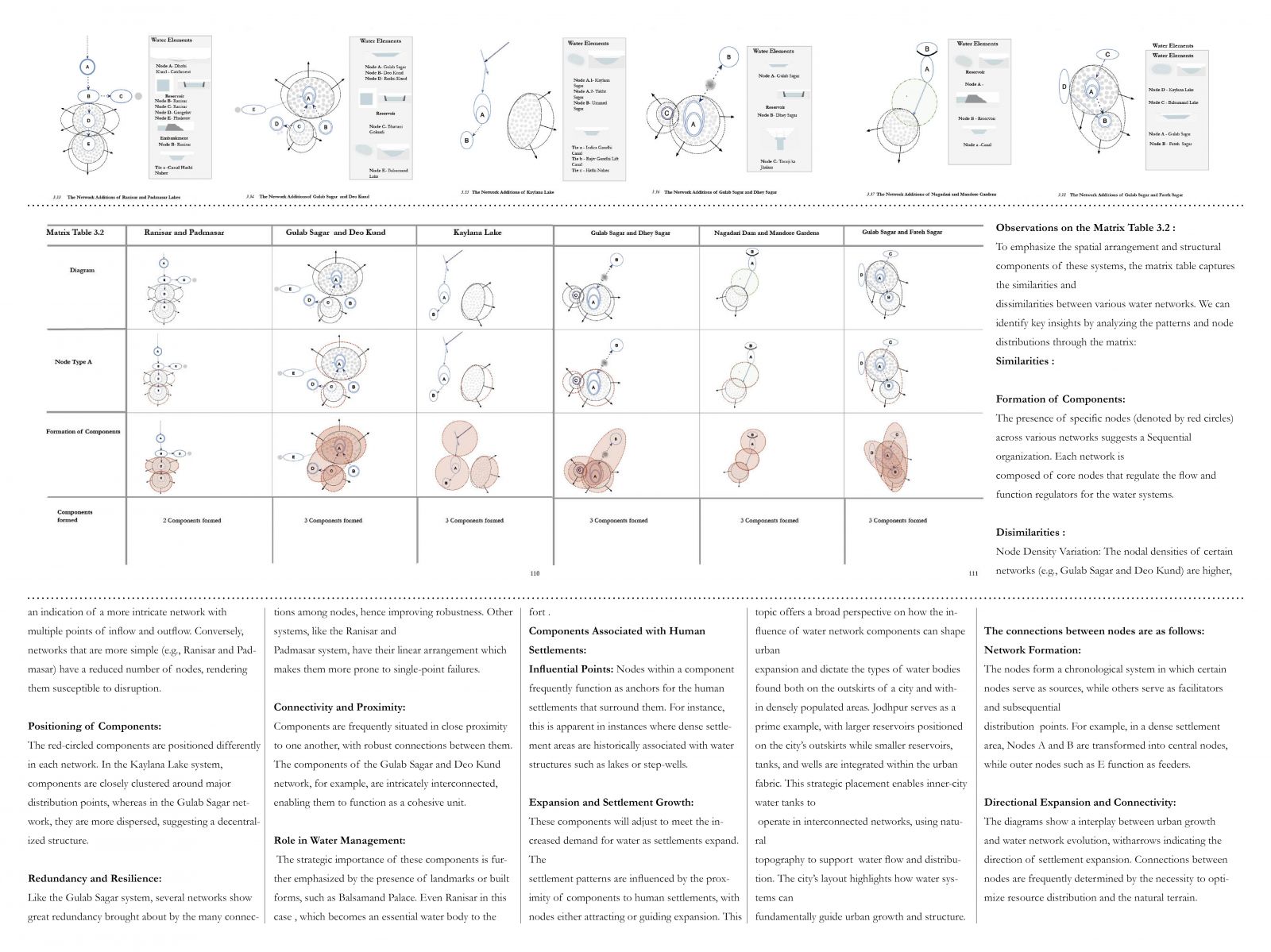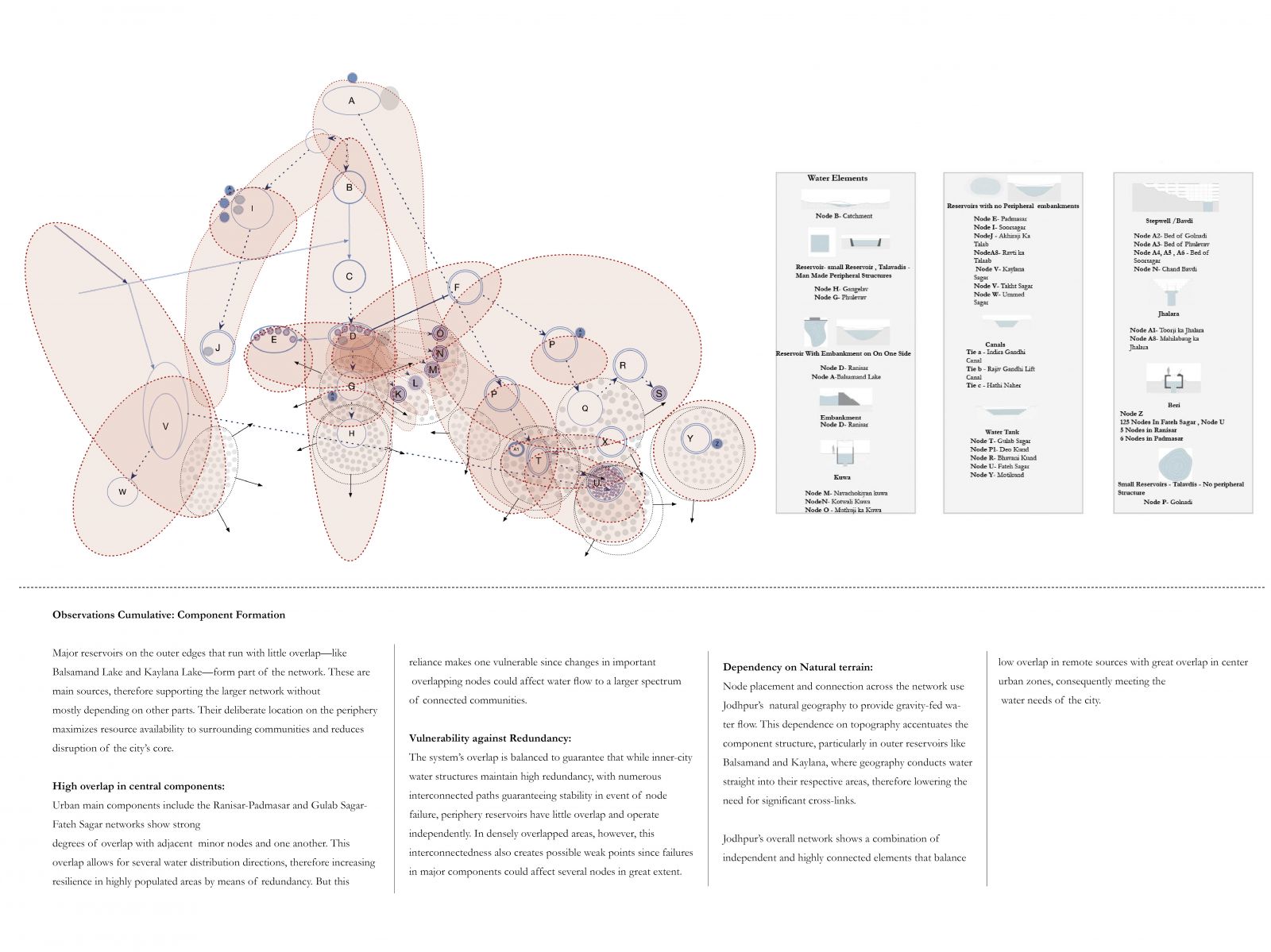Your browser is out-of-date!
For a richer surfing experience on our website, please update your browser. Update my browser now!
For a richer surfing experience on our website, please update your browser. Update my browser now!
The research examines traditional water structures in India. Rather than viewing them as isolated entities, it aims to analyze them through the perspectives of ‘systems’ and ‘networks’ (Arya, 2016). This brings us to the question: what defines a system, and what makes it a network? System: “a regularly interacting or interdependent group of items forming a unified whole” Network: “an interconnected or interrelated chain, group, or system” (Merriam-Webster, n.d.) Thus, a system is when entities come together for a purpose, but when various systems come together for that purpose, it becomes a network. Water naturally tends to flow. This tendency necessitates its collection and direction for distribution. The continuous processes of moving, collecting, and distributing water define its purpose. When various spatial and infrastructural entities collaborate to fulfill this purpose, they form a system. This research paper seeks to understand how these systems are often interconnected with similar or different kinds of systems, forming a network. The study will utilize diagrams to understand them. These diagrams will simplify and abstract the systems, creating a repository that can be used to compare and identify recurring patterns within the network.









